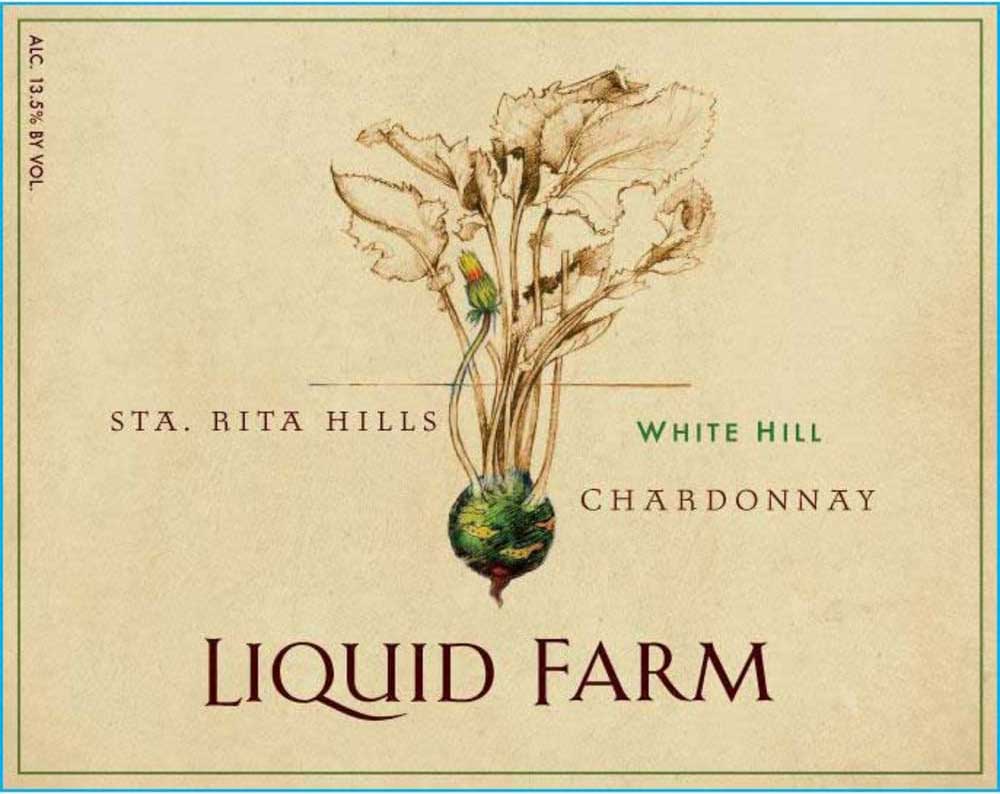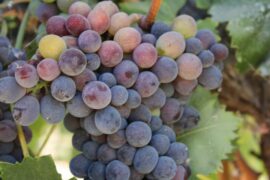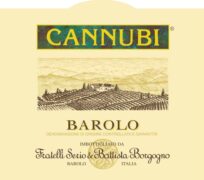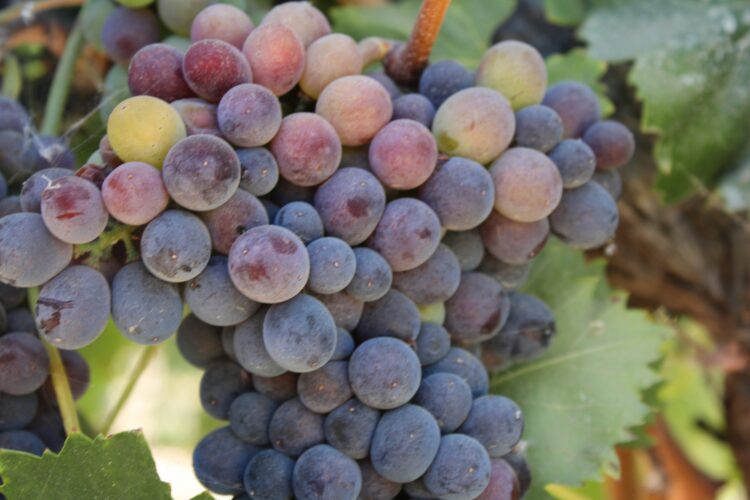Tannin is one of the key components that shapes the structure, taste, and aging potential of a wine. While often discussed in the context of red wines, tannins can also play a role in some white wines. Here’s everything you need to know about tannins and their effect on wine.
What Are Tannins?
Tannins are naturally occurring compounds found in grape skins, seeds, and stems, as well as in oak barrels used during the aging process. These compounds give wine its structure and astringency, creating that dry, puckering sensation in your mouth, similar to drinking strong black tea. They are classified as polyphenols, which have antioxidant properties that can help preserve and age the wine.
Where Do Tannins Come From?
Tannins come primarily from two sources in winemaking:
- Grapes: The tannins from grape skins, seeds, and stems are especially prominent in red wines, which are fermented with the skins intact. This is why red wines typically have more tannins than white wines.
- Oak Barrels: Wines aged in oak barrels, especially new oak, also pick up tannins from the wood. These tannins contribute to the texture and complexity of the wine and often impart flavors like vanilla or spice.
How Do Tannins Affect the Taste of Wine?
Tannins contribute to the texture and structure of the wine rather than its flavor. When you take a sip of a tannic wine, you may notice a drying, mouth-coating sensation. The more tannins present, the more astringent or dry the wine will feel. Well-integrated tannins can give the wine a sense of balance and complexity, while harsh tannins can make it taste overly bitter or rough.
Tannins also play a critical role in the aging process. Wines with high tannin content, such as Cabernet Sauvignon or Nebbiolo, often benefit from aging, as the tannins soften over time, making the wine smoother and more harmonious.
Wines Known for High Tannin Content
- Cabernet Sauvignon: Known for its bold structure and high tannins, this wine can age gracefully for years, developing more complexity and smoothness.
- Syrah/Shiraz: Often tannic, particularly when made in a full-bodied style, Syrah wines offer depth and the potential for aging.
- Nebbiolo: The grape used in Barolo and Barbaresco, Nebbiolo is renowned for its high tannins and acidity, requiring aging to soften its tannic backbone.
- Malbec: A tannic wine that offers rich fruit flavors balanced by firm tannins, particularly in its Argentine form.
Wines with Lower Tannins
- Pinot Noir: This red wine is known for its softer tannins and lighter body, making it more approachable when young.
- Gamay: The grape used in Beaujolais, Gamay has low tannins and is known for its bright fruit flavors and refreshing acidity.
Tannins in White Wine
While tannins are most commonly associated with red wines, some white wines can also have tannins. White wines that are fermented or aged in oak barrels, such as Chardonnay, may develop slight tannins from the wood. Additionally, orange wines (white wines fermented with their skins, similar to red wine production) can have noticeable tannin levels.
How to Handle Tannins
- Pair with food: Tannic wines pair well with high-protein foods like red meat, as the protein helps soften the tannins and balance the wine’s astringency.
- Let it age: Wines with strong tannins often improve with age, as the tannins mellow out and integrate into the wine over time.
- Decant: Decanting a tannic wine allows it to breathe, softening the tannins and opening up the flavors before serving.
Tannins are essential to understanding the structure and aging potential of a wine. Whether you prefer bold, tannic reds or lighter wines with softer tannins, learning how tannins affect wine can enhance your appreciation of each bottle.





















































